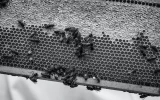Bee Hive Mite Treatments That Actually Work (Oxalic Acid, Apivar & Formic Acid)
How many mites there are in the bee population of your hive is completely unknown. If you notice malformed bees, you may have a serious mite infestation, a virus outbreak, or both. The varroa mite population can even be very high in a colony that exhibits few symptoms of the mite. Utilizing a varroa treatment is necessary to ensure the health of your bee colonies.
The mite treatments against varroa are oxalic acid, formic acid, and apivar. Treat your beehive with oxalic acid, using either vapor or dribble, once every three weeks or when broodless. Formic acid is a one-week treatment using pads. Apply apivar using strips for no more than 56 days.
It might be very difficult to understand varroa mite drop numbers while utilizing a treatment. To decide if and when treatment is required, it is advised to check all your honeybee colonies for a varroa mite infestation, preferably multiple times throughout the season.
Summary
- Formic acid is the only substance that works against the phoretic mites and mites in the capped brood.
- Oxalic acid is a natural substance that is present in all plants and is present in large amounts in numerous crops.
- Used Varroa treatments should not be disposed of with regular garbage because they are regarded as hazardous waste.
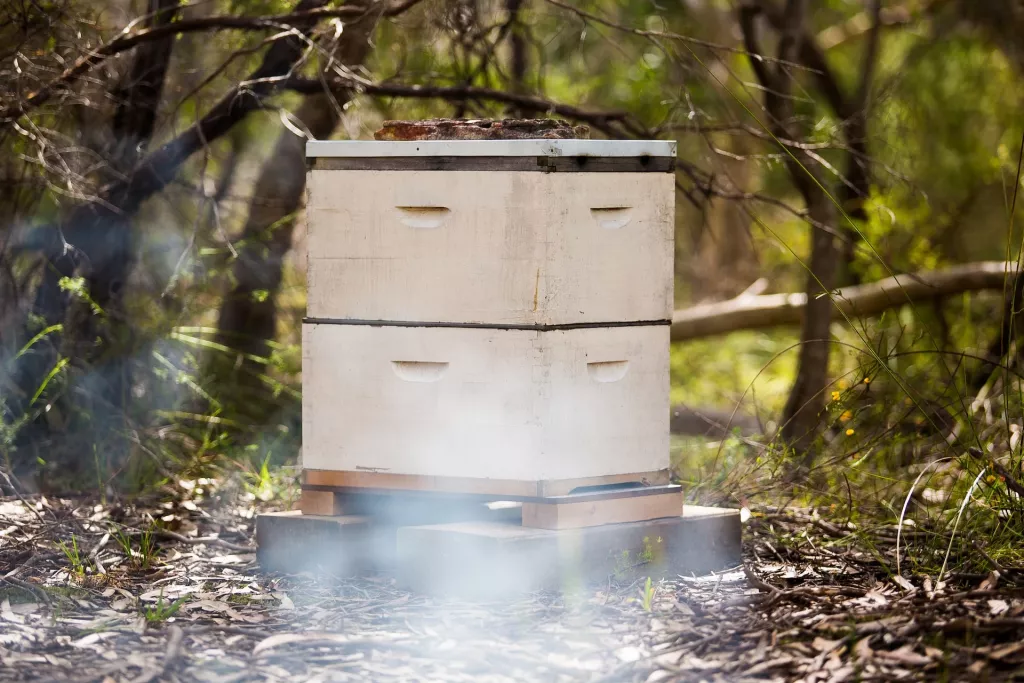
On this page:
Treat Beehive Mites With Oxalic Acid
Oxalic acid is a naturally occurring acid that can be found in plants like rhubarb, kale, spinach, beetroot, tea, and cocoa. Oxalic acid is applied as a chemical for mite control either by drizzling a low-concentration solution of sugar water onto the cluster or by using a vaporizer, and it acts by harming the mites that are loose in the hive.
Only mites outside the brood can be treated with an oxalic acid dribble, or vaporization. These techniques have the advantage of being relatively gentle on your bees. The disadvantage is that you would need to visit every week for three weeks to actually reduce mite populations, unless you were utilizing them exclusively during a broodless period.
Utilizing oxalic acid in the late fall or early spring is strongly advised as part of your approach, since the fewer mites you have in the spring, the longer you have before the number of mites will explode.
Oxalic acid is an effective substance for controlling varroa mites and is a helpful part of an integrated varroa mite control program as a winter or early spring treatment because it doesn't penetrate the cappings and works best during broodless periods. It shouldn't, however, be utilized as a sole form of treatment.
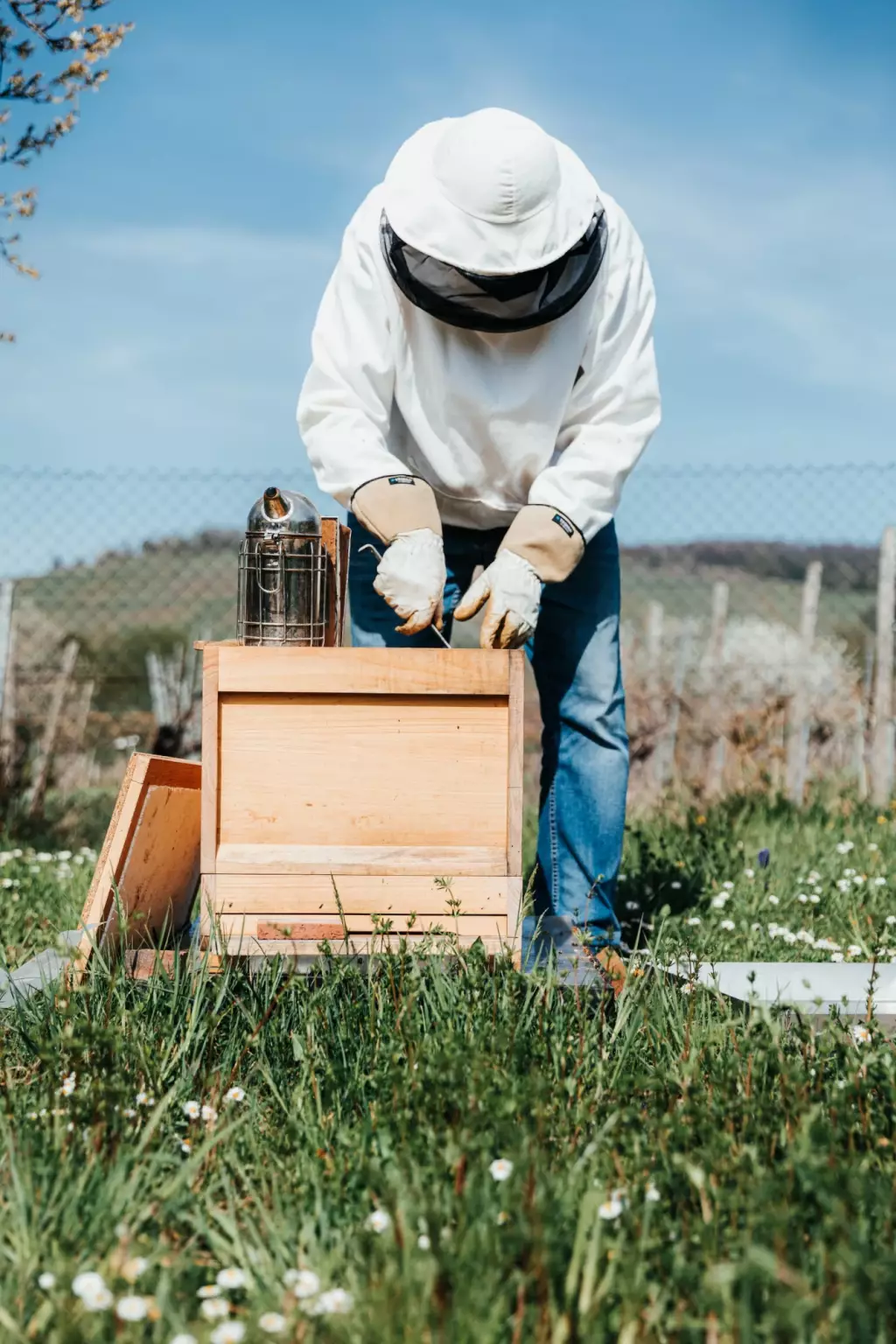
Any vaporizer you buy will include instructions for safe use. Both techniques effectively eliminate phoretic mites, or mites that attach themselves to bees for the purpose of traveling. Although the dribbling technique is a little quicker, it cannot be employed in cold weather (30–55 degrees is ideal when the bees are loosely clustered). The vaporizer can be used all year long, but it needs additional gear and safety measures.
Oxalic acid can harm bees if used excessively or in high doses because it crystallizes in the midgut of larvae, which raises larval mortality and reduces the amount of brood available. Additionally, overusing this treatment can reduce workers’ productivity and lifespan.
Oxalic acid demonstrated excellent parasite effectiveness and tolerance in the target species, the European honeybee. Keep this handy for broodless months of fall and winter. For new colonies from packages, use the hive after the colony is established in the hive but has not yet capped brood. It is excellent to have on hand because it's reasonably priced and stores well.
Many beekeepers use this intervention automatically to reduce the number of mites that would overwinter with the colony, since it appears to be so gentle on the bees. Here's a quick guide on how to make your own treatment.
Treat Beehive Mites With Apivar
Apivar strips have been very successful at reducing Varroa mites. A plastic strip impregnated with a contact miticide called amitraz is strung between brood frames. Apivar functions through contact, constantly releasing the active component over time. Bees pick up molecules of the active component as they move across the strip's surface, and they subsequently spread those molecules throughout the colony.
The main component of Apivar is amitraz. Apivar strips are designed specifically for use in beehives because they are wax-soluble, removing the possibility of residues in honey.
In water-soluble formulations, amitraz is frequently used to keep ticks, mites, and fleas at bay on animals. The risk of residues and honey contamination restricts the use of these formulations in beehives. Bees can suffer direct damage from miticide residue in wax, which also increases their susceptibility to nosema illness. Bee products are also less appealing to consumers since they contain these residues.
Remove honey supers before applying Apivar for varroa treatment. Each brood chamber should include two Apivar strips, or one strip per five frames of bees.
After opening the package, immediately install the Apivar strips in the hive. Divide the double strip into two pieces, then hang each piece between two comb frames inside the brood chamber or bee cluster, with a minimum of two frames between each strip. In the brood chamber, suspend Apivar strips so that the bees can access both sides of them.
After 42 days, reposition the strips inside the bee cluster if there is movement away from the strips inside the hive, and leave them there for an additional 14 days. Strips must be taken out after no more than 56 days. To avoid the development of chemical resistance, it is crucial to remove the strips after 56 days and not leave them in place for any longer. The Environmental Protection Agency (EPA) warns that the strips should never be used again.
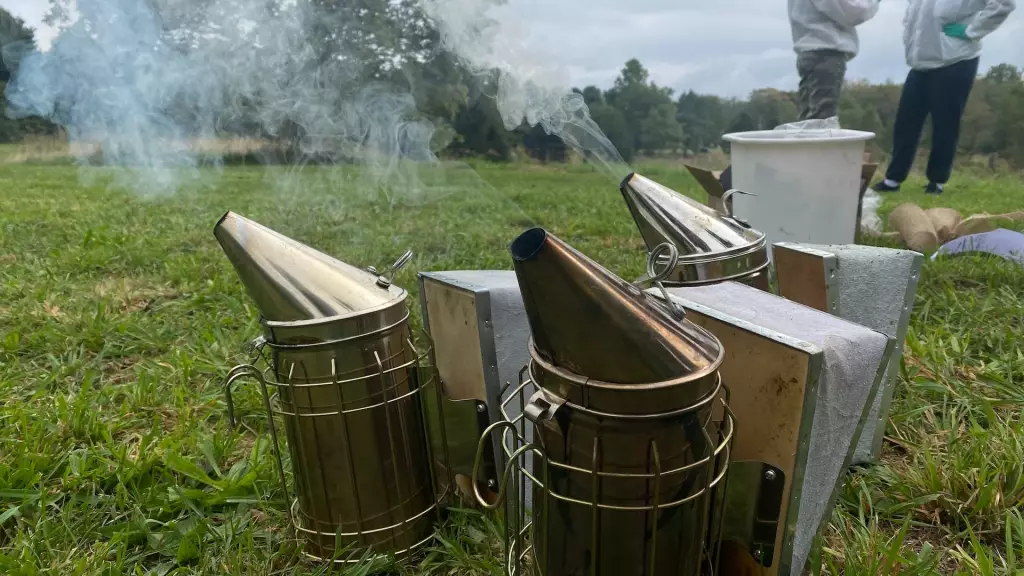
Various acaricides and miticides can be used to chemically control varroa mites. In general, synthetic miticides work well, eliminating up to 95% of the mite population. The only amitraz-based apiary treatment, Apivar, treats multiple generations of varroa mites in a single application, lowering their numbers in the hive by up to 99%*.
Treat Beehive Mites With Formic Acid
Formic acid can now be used in the United States to manage varroa mites, according to the EPA. It is the only chemical pesticide that can be used for the production of organic honey, and beekeepers in Canada and Europe have long utilized it.
Formic acid can be delivered in a variety of ways, including by using pads that have been soaked in liquid formic acid and placed on top of the hive. The daily maximum temperature needs to be between 50 °F and 79 °F, and the product cannot be utilized when honey is flowing. It must be removed from the hive if temperatures during the first week of treatment are higher than 82 °F since it may cause a considerable loss of adult bees and brood.
An enormous drop in the varroa mite population can be quickly achieved with a single 7-day application of formic acid. The drawback is that it has a temperature range that must be adhered to in order to avoid harming your bees.
Small colonies with less than 6–20 frames of bees are susceptible to the fumes overwhelming them. The beekeeper must also exercise caution when administering formic acid because it is highly corrosive and dangerous to people, necessitating the adoption of appropriate safety measures to prevent exposure.
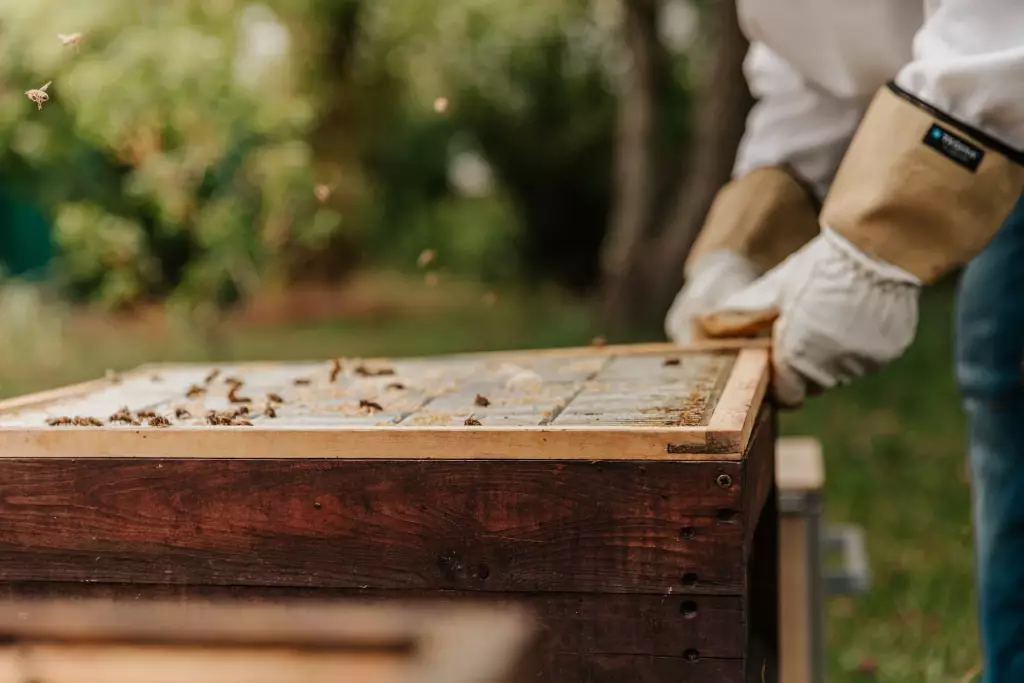
Formic acid, which is marketed as Mite Away Quick Strips (MAQS), is made to adversely affect all the mites in a colony immediately in seven days, including those reproducing in the capped cells.
Formic acid is naturally present in the hive, though in extremely minute amounts, and it functions by altering the mite's cuticle. You can use it while honey supers are present without worrying about it affecting the honey because it disappears totally and fast after usage.
Using the MAQS is preferable because of how quickly they work. This is particularly crucial when you discover a colony with a particularly high mite population or if it is getting late in the season.
